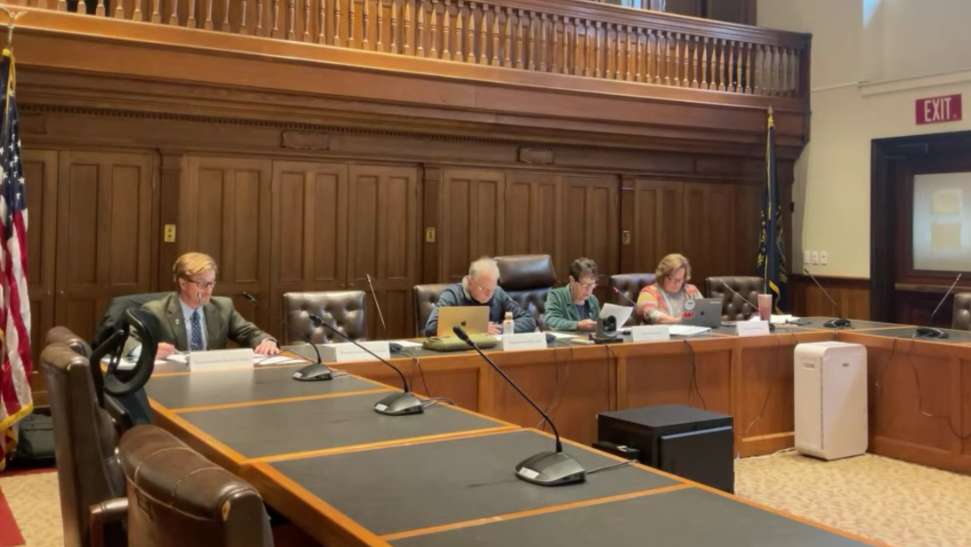By GARRY RAYNO, InDepthNH.org
CONCORD — The Education Freedom Savings Account Oversight Committee reviewed its first report on the program Monday and will continue to fine tune it before a final vote.
The report, which was due a year ago, makes a number of recommendations including more timely reports from the Department of Education and the Children’s Scholarship Fund NH, which administers the program for the state.
The lawmakers on the committee seek greater details and more transparency to “understand where the public’s money is being spent.”
They also wanted more frequent reports on the approved vendors and educational settings for the program that is allocated $30 million in this fiscal year’s budget.
And they wanted the lists to be publicly available, not just “available on request.”
The group discussed at length the breakdown of students participating in the program.
Kate Baker Demers, the executive director of the scholarship fund, told the committee 42 percent of the participants came into the program from public schools, while 58 percent were in non-public school settings, such as private, religious or career school settings, but the majority from home school programs.
Reaching Higher NH research found the Department of Education counts public students as those who attended public schools prior to the program’s beginning in 2021, including those who dropped out during and prior to the pandemic, making the number of public school students who actually went from public schools to the program a smaller number.
If those “switchers” are not included in the calculations, the number of students going directly from public schools to the EFA program is 24 percent, according to DOE data, with 76 percent from non-public educational settings.
The program was sold as a way for low- to middle-income families to provide alternative educational settings that best fit their children who did not do well in the public school environment.
Several oversight committee members also seek greater accountability for student performances who participate in the program much like the standardized testing required of public school students.
Under the program students may take standardized tests or have portfolios evaluated, but that is not required.
Demers said in the public schools, teachers and school officials have access to that information, while a parent with a student in the EFA program would use it to determine what educational areas like reading their child needs to focus on for the future.
The committee also discussed again the need for annual income eligibility assessments, which are not required under the current statutes.
Once a parent qualifies for the program, the parents’ income is not assessed again as long as they have a student in the program.
There are yearly assessments for differentiated aid that students receive in the school funding formula for low-income families, special education and English as a second language.
An EFA student’s grant includes the base per-pupil adequacy grant a school receives — this school year $4,100 — plus any differentiated aid the student qualifies for as a public school student. This school year the average EFA grant per pupil is $5,255.
There is a three-year phase-in for school districts losing students to the program, going from 100 percent reimbursement the first year, 50 percent the second year and 25 percent, this the third year of the program.
After this year school districts will not be reimbursed when a student leaves their schools and instead the money will follow the child.
The report also indicates the cost of administering the program has gone down from the statutory limitation of 10 percent of the total grants to the scholarship fund the first year of the program, to 7.9 percent the second year.
The money for the program, which totaled $23 million for the first two years, is drawn from the Education Trust Fund, which pays for state aid to public schools.
The program is projected to cost $22.1 million this fiscal year.
A court challenge to the use of the Education Trust Fund to pay for non-public school programs, was recently dismissed. The challenge was based on the Lottery Commission proceeds that are required to be spent on public education.
The ruling said the money is mingled with other state sources in the trust fund and is a small percentage, so the judge dismissed the case, saying the plaintiff did not prove her case.
The enrollment in the EFA program has grown since it began with 1,635 students in the 2021-2022 school, to 3,025 in the second year and 4,211 this school year.
Garry Rayno may be reached at garry.rayno@yahoo.com.






